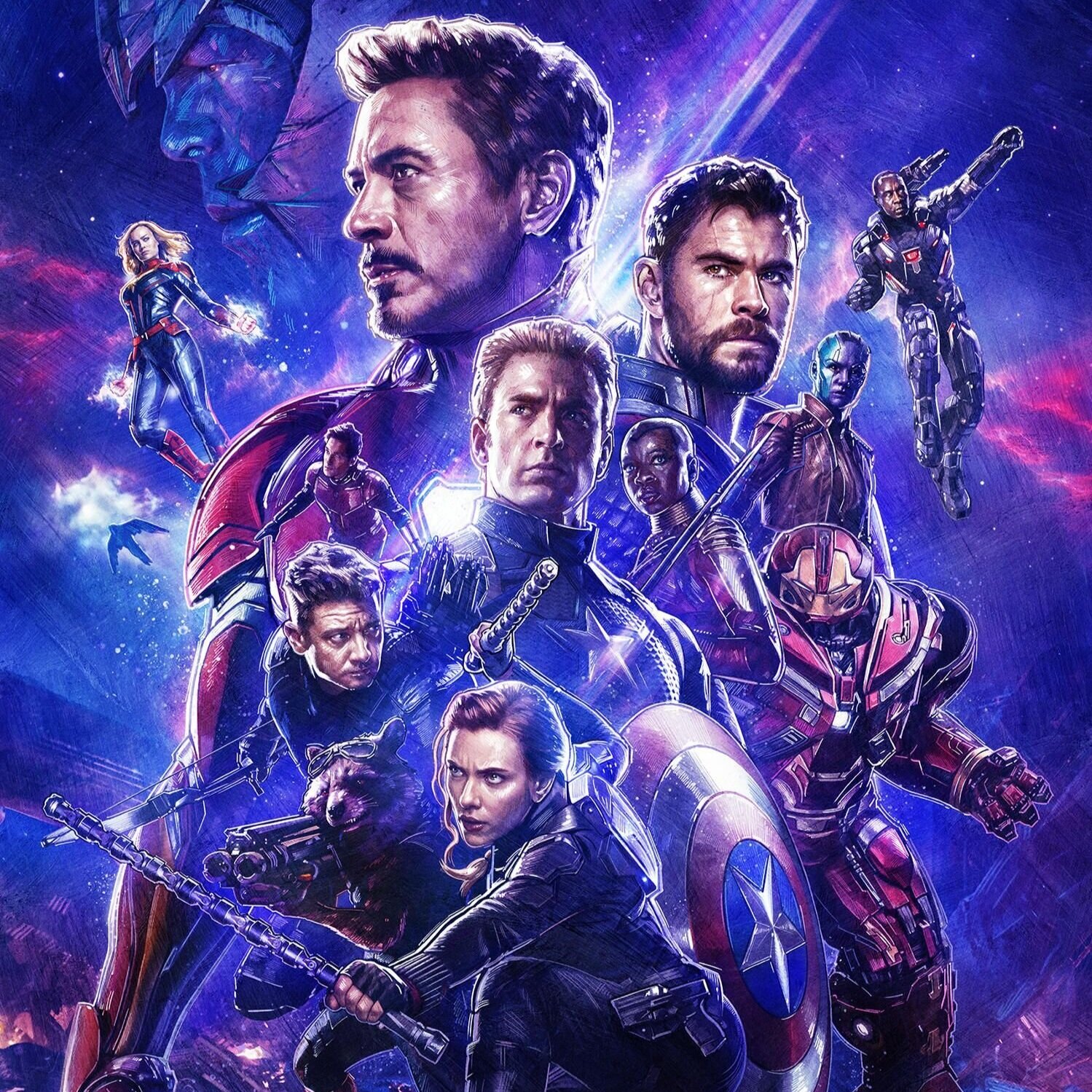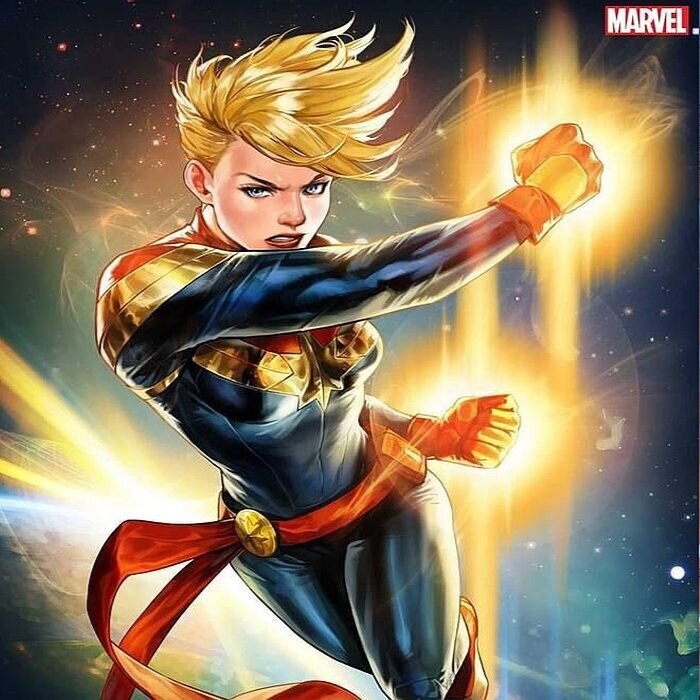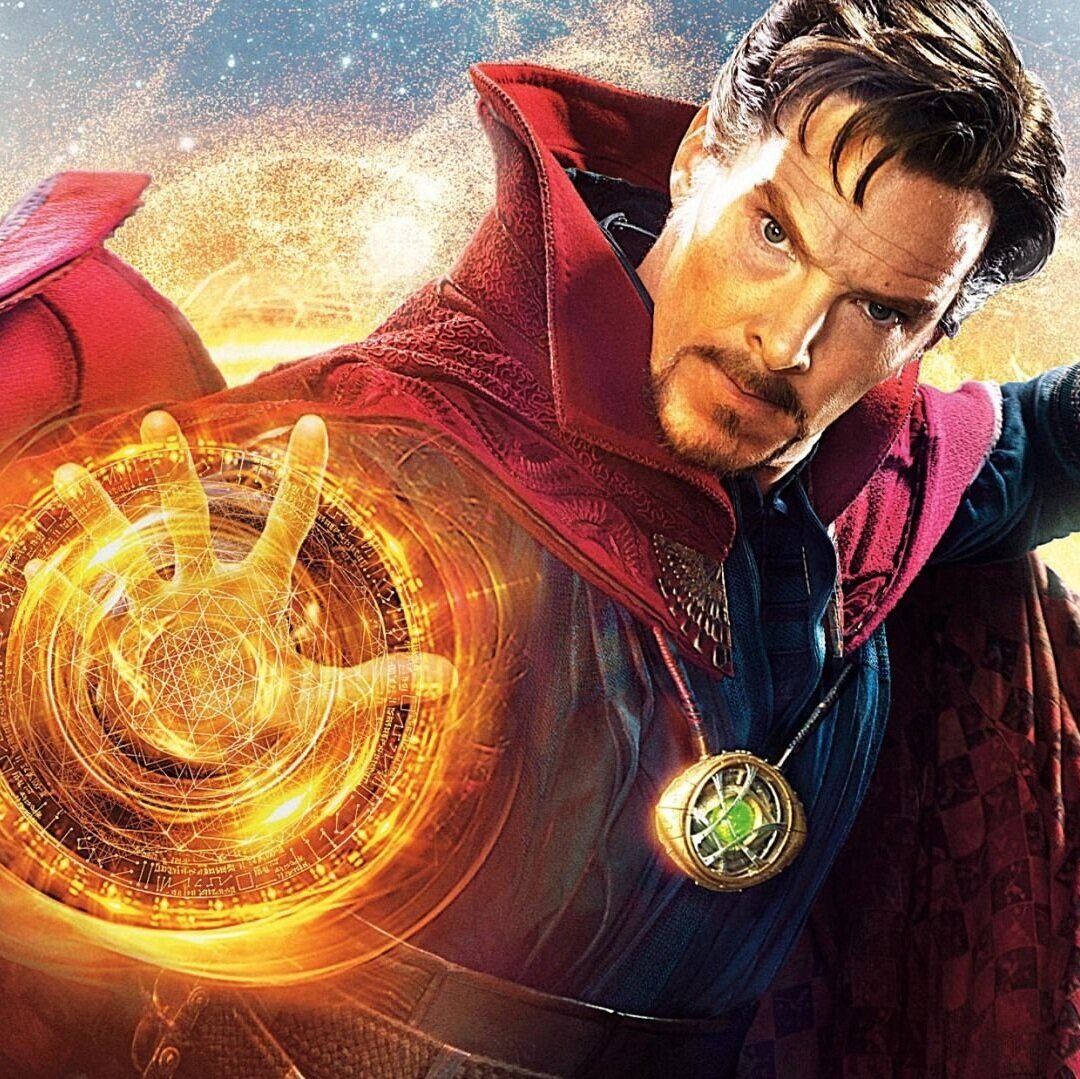Review: Doctor Strange
The latest stone in Marvel’s gauntlet – by that, I mean the latest film in the Marvel Cinematic Universe - is Doctor Strange, directed by Scott Derrickson. After a terrible car crash, former surgeon Dr. Stephen Strange (Benedict Cumberbatch) seeks out an ancient Tibetan school in the hopes of mystic physical recovery. But once Strange arrives, he must help the school in a war against one of its former students, Kaecillius, a vengeful acolyte who wants to rewrite Earth’s reality.
Christopher Nolan’s Inception (2010) is an obvious influence on this film and the way it portrays the warping of reality. However, whereas Inception popularized the idea of having cityscapes fold in on themselves. Doctor Strange amplifies this concept for fantastic effect: instead of cities folding merely at right angles, here skyscrapers wrinkle at kalidescopic degrees. In one battle between Kaecillius and the heroes, viewers watch the surface of buildings crest like tidal waves as the combatants run along a building’s side. Further, whereas Inception had a limited color palette because it primarily bended metropolises, Doctor Strange benefits from more vibrant color scheme in its visual effects. Derrickson not only bends cities, but also spirals them like candles and stain glass windows.
Perhaps even stronger than the film’s visual effects is its casting. Benedict Cumberbatch takes the mantle of the Sorcerer Supreme, Stephen Strange. Strange begins as an egotistical surgeon bent on creating reputation and financial success;. he puts down his medical colleagues and even emotionally abuses his lover after the car accident. Yet, once Strange travels to learn in Tibet, Cumberbatch makes a slow and natural transition to portray Strange’s growing commitment to become a hero. Perhaps, the clearest indictor of this is that Strange’s sharp putdowns become slow sarcastic quips. Strange even has great interactions with his sentient cloak, an item that lifts the magic carpet character straight out of Aladdin and brings a similar archetype to the MCU.
Still, the most prized cast member is Tilda Swinton as the Ancient One, a centuries old sorceress and head of the mystic school in Tibet. The Ancient One is not only Strange’s mentor, but a defender of Earth from magical threats in the universe. Swinton’s casting was a controversial decision as the Ancient One is traditionally an Asian male. There’s a jarring line in the film that directly addresses the casting by clarifying that this Ancient One is a Celtic successor to previous Ancient Ones. On one hand, it is true that there are a lack of roles for Asian actors in Hollywood, but on the other hand, a lot of the film’s quality rides on Swinton’s great performance. Nonetheless, Swinton is a veritable movie star as well as an actress who adds a sense that this superhero movie (and the superhero genre) offers serious additions to the film industry while also catering to mainstream audiences. Swinton can fiercely gesture to cast spells straight out of a comic panel, but she also sells the Ancient One as a wise woman. When the Ancient One engages with Strange, Swinton stresses each word to convey a sense of meaning in her mantras.
After witnessing Doctor Strange’s innovations in the superhero genre, it’s clear that the MCU has the capability to continue beyond its current crop of stars, especially if it offers audiences something new. While both the plot of a former student seeking revenge on his master or of a hardened traveler taking to the mountains for spiritual renewal and are old tropes, Marvel’s Doctor Strange succeeds through innovatively building on concepts from other films. It seems as well that the superhero genre should take heed of this film, and boldly find new ways to tell the same story.




























